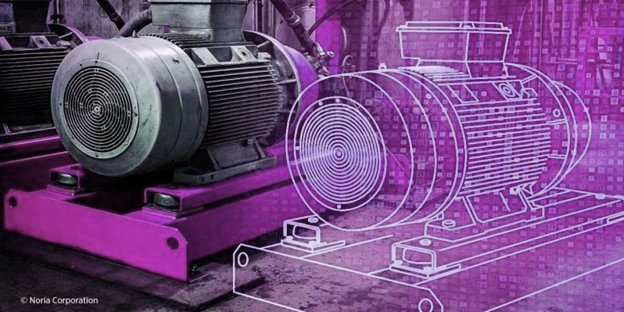Digital twins are part of the Internet of Things (IoT) interconnected system. In 2021, Accenture positioned them as one of the top five strategic technology trends to watch.

As the name suggests, a digital twin is a virtual model designed to reflect a physical object. Companies like Chevron are using digital twins to predict maintenance issues faster, and Unilever used one on the Azure IoT platform to analyze and fine-tune factory operations such as temperatures and production cycle times.
With a digital twin, the object being studied is outfitted with sensors related to key areas of functionality to produce data about aspects of the physical object’s performance, such as energy output, temperature, and weather conditions. The data is relayed to a processing system and applied to the twin.
Once informed with this data, the digital twin can run simulations, study performance issues, and generate possible improvements, all while generating insights that can be applied to the physical object.
Sometimes digital twins include a rich immersive visual experience, but that’s not always the case. Sometimes they have a simple interface or no interface at all.
Digital Twins are part of the evolution of IoT within the digital transformation. They are used often today in commercial real estate and facilities planning, and as we think about the metaverse, digital twins take on increasing importance with virtual spaces. When you think about the implications of machine learning on digital twins and the IoT, the possibilities for real-time smart monitoring get very interesting.
Imagine a large corporate campus that has been turned into an enormous digital twin that expands to other campuses and physical locations. What if that digital twin uses machine learning to optimize things like traffic, utilities, and weather? How could a global company use digital twins to have a complete model of the physical world?
Here is our biggest tip for anyone considering digital twins as part of a project strategy:
We like to start by considering the existing tools. A robust set of tools already exists through companies like Microsoft and Amazon Web Services TwinMaker (both of which are Valence partners).
Leverage existing industry ontologies (data dictionaries) like schema and naming systems and data formats for interchange within communities. You’ll benefit from established best practices and from broader operability between third-party vendors.
Microsoft contributed industry standards for digital twin definition language that make it simpler to build, use, and maintain digital twins.
The underlying services are provisioned automatically so developers can build upon a platform of services and extend the existing Microsoft or Amazon product. The process isn’t turnkey, and you won’t be able to create a digital twin using completely out-of-the-box tools, but the platform is managed for you, which lowers the operation costs. The platforms are also more secure and designed with best-operating practices in mind such as automatic back-up and built-in deployment automation.
Building upon industry standards will also save you time. For example, if you want to create a smart building solution and need to describe a building’s physical space, industry standards will help since software developers don’t usually have a facilities or building management background. An industry-standard model gives developers an advantage when creating a digital twin that their clients can understand and use.
Data-driven solution
Digital twins create a platform to measure and store data. With the data available, you can test and answer both operational and business questions. For example, you can investigate fragile risky components in your supply/production system and explore opportunities to improve and expand new services. The key is that measuring and storing the data are essential steps before using any analytical tool.
Digital Twins are Evolving
While building a digital twin is more difficult than what can be done by a typical business user, we can develop these complex systems with a modest team of developers and designers. We typically only need to bring in highly specialized engineers when there are heavy integration and interoperability challenges with several vendors.
The technology is evolving, and early-stage challenges with vendor integration will improve over time, making it easier to transition a digital twin solution from one cloud provider to another.
One of the keys to digital transformation is challenging how we do things today to explore how to get more computerization and automation involved. Can digital twins improve your organization’s warehousing and distribution? Can digital twins improve the challenges faced in the supply chain? Can your sustainability goals be tested with a digital twin? There are many possibilities to consider!
Evolve with JumpStart
Innovating technology is crucial, or your business will be left behind. Our expertise in technology and business helps our clients deliver tangible outcomes and accelerate growth. At Kopius, we’ve designed a program to JumpStart your customer, technology, and data success.
Kopius has an expert emerging tech team. We bring this expertise to your JumpStart program and help uncover innovative ideas and technologies supporting your business goals. We bring fresh perspectives while focusing on your current operations to ensure the greatest success.
Partner with Kopius and JumpStart your future success.
Related Services:
Additional Resources:
- Why Accenture Lists “Digital Twins” As Top five Technology Trend in 2021
- Microsoft Azure Digital Twins
- Sam George “Building Digital Twins Mixed Reality and Metaverse Apps”
- Amazon Web Services Digital Twins Case Studies